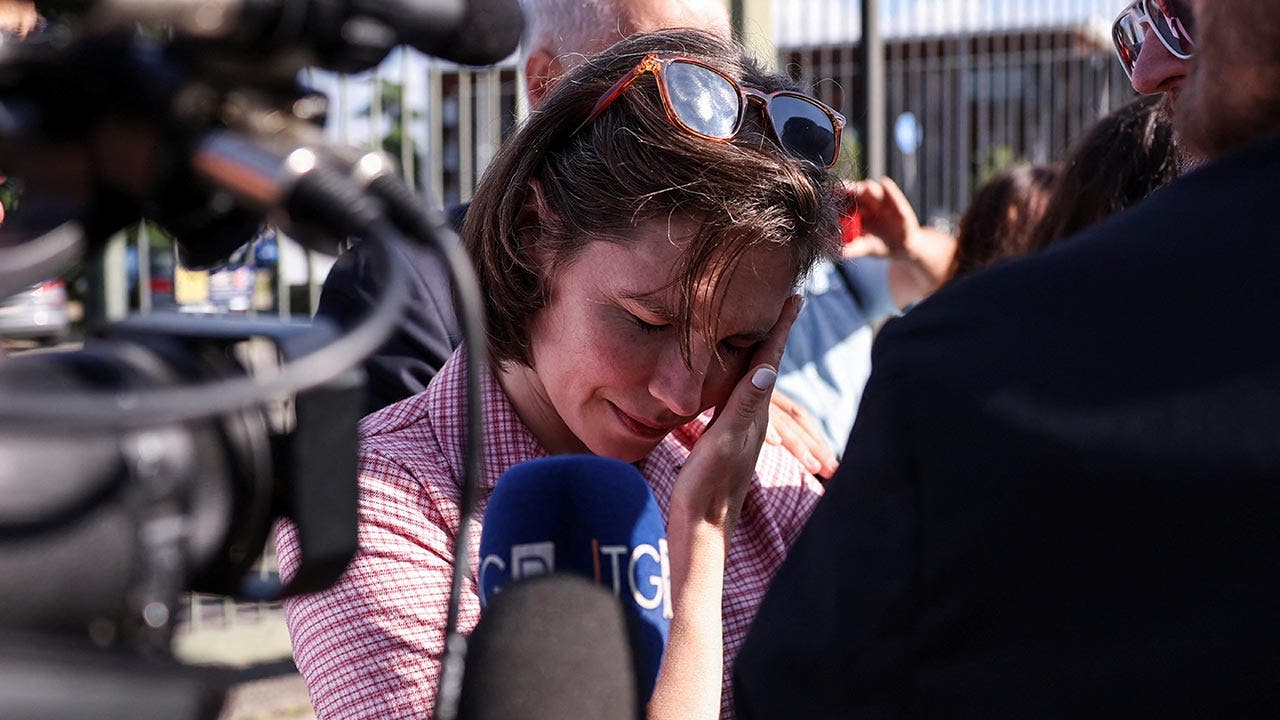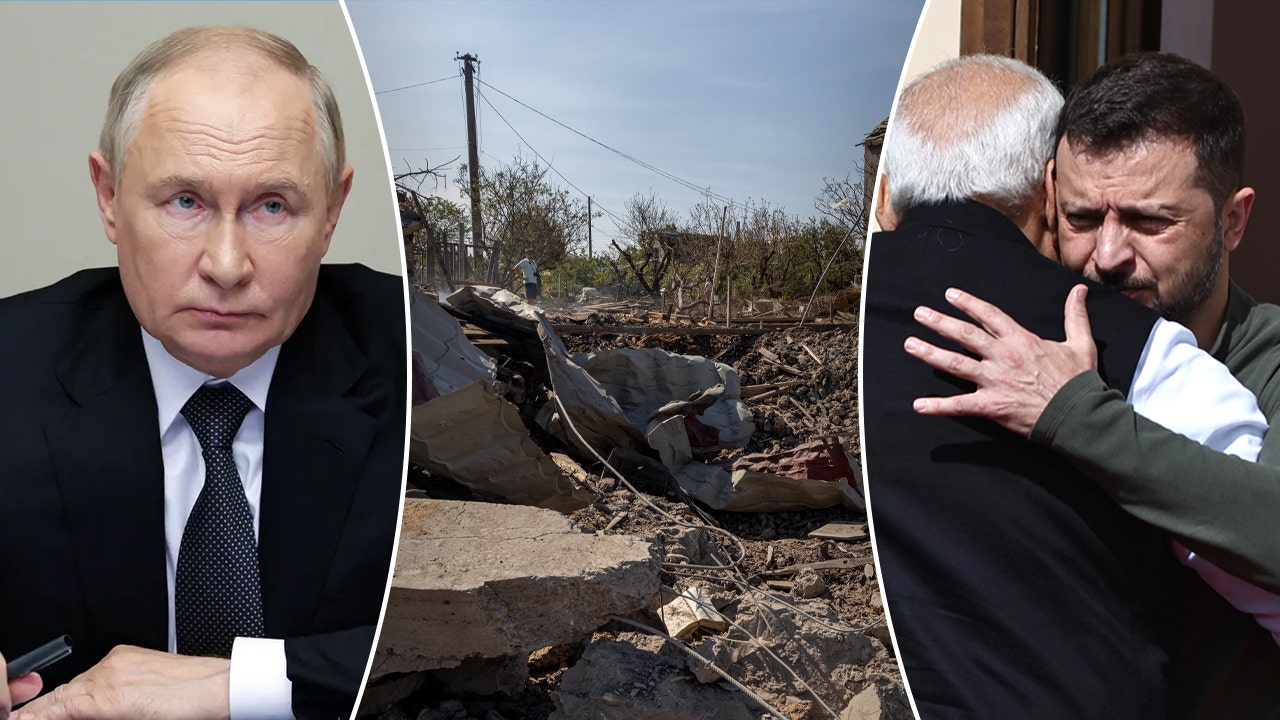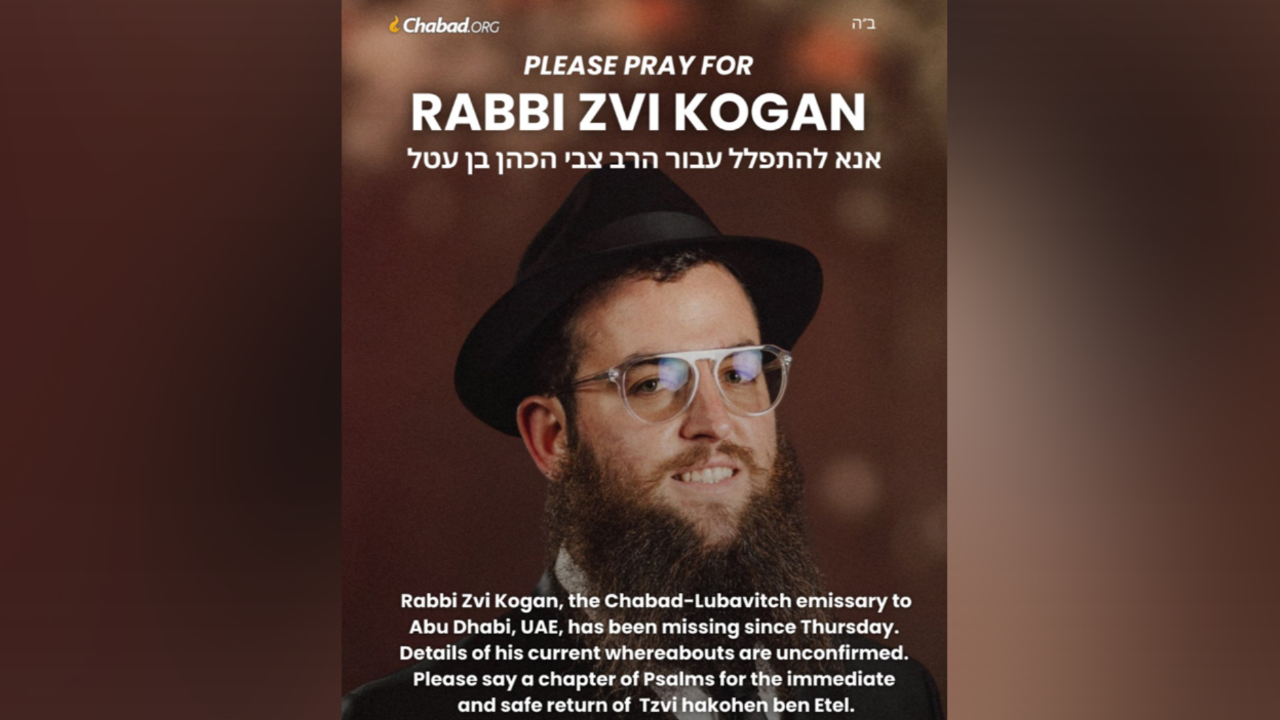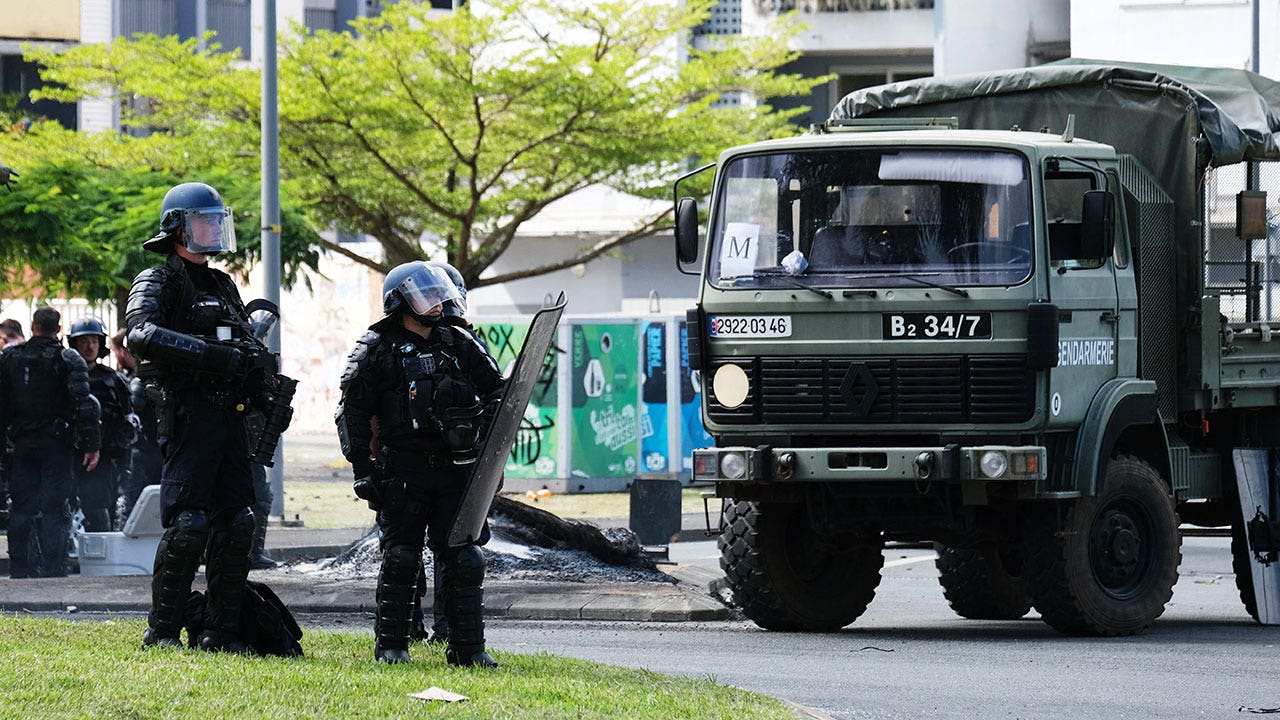The war in Gaza, six months in
Sunday marks six months since the Oct. 7 attacks that started Israel’s war against Hamas. More than 32,000 Palestinians have died, people are desperate for aid and dozens of Israeli hostages are still being held in Gaza.
I spoke with Patrick Kingsley, our Jerusalem bureau chief, to understand the state of the war.
How close are we to a deal, or a meaningful pause in the fighting?
We are at an impasse.
Ceasefire negotiations are stuck for several reasons, but in large part because Israel wants to limit the ways in which Hamas could regroup during a temporary truce, whereas Hamas wants the kind of truce that would allow it to reorganize on the ground.
While those talks falter, Gaza is in limbo. Israel plans to invade Rafah, Hamas’s last major stronghold, but has delayed doing so while it tries to gather international support for the operation.
Elsewhere in Gaza, Hamas is largely routed. But there is a chaotic power vacuum because Israel has withdrawn from certain areas without transferring power there to other Palestinian groups, amid disagreements in Israel about who should run a postwar Gaza.
The result is that the war has slowed since the start of the year. But it continues to kill, and has left the territory on the verge of what experts say is a looming famine.
What do both sides want?
To achieve the goals Israel set for itself at the start of the war, it needs Hamas to be completely ousted from the strip.
But Hamas only needs to survive to claim some kind of success. Even though on the battlefield it suffered huge losses, the fact that it’s still standing means it could yet claim some kind of Pyrrhic victory.
To release all the hostages who remain in Gaza, Israel may have to agree to a permanent cease-fire. If Hamas releases all the hostages without a long-term truce, it would endanger its long-term presence in Gaza, which is a risk its leaders aren’t likely to take.
Israel and Hamas have fought in the past. Why is this war more devastating than others?
For Palestinians and their supporters, it’s the result of Israel’s abject disregard for civilian life and its willingness to prioritize the eradication of Hamas over the likely collateral costs to human life and civilian property.
To Israel and its supporters, the damage and the death toll is the result of Hamas embedding itself inside civilian areas, in houses and underneath houses in their subterranean tunnel network.
We have seen these completely divergent interpretations in previous Gaza wars. What makes this conflict different is that Israel, deeply traumatized by Hamas’s attack on Oct. 7, is now seeking to destroy Hamas instead of setting it back by a few months, as it tried to do in previous conflicts.
That maximalist goal has led to a longer and much more devastating war.
What do the next six months look like?
A few months ago it felt like we might see some kind of grand deal to end this war and maybe even see some progress in the wider efforts to end the broader Israel-Palestinian conflict.
Now, it seems like the most likely short-term outcome is just more of the same. The negotiations will continue to stutter. Israel will continue to stall on either the Rafah invasion or a power transition in the rest of Gaza. Hamas will continue to hold out in Rafah and try to regroup elsewhere, which will lead Israel to re-enter areas it already vacated.
All of that may create a kind of slow-burning stalemate. It would not surprise me if we were still stuck in this strange, deadly stasis even on the war’s one-year anniversary.
The latest news:
South Korea doctors’ strike stretches patience
Thousands of residents and interns at South Korean hospitals walked off the job six weeks ago. Now, frustration is rising as surgeries are canceled and nurses have taken on duties usually performed by physicians.
Much of the anger has been aimed at President Yoon Suk Yeol, who is holding firm to his proposal to expand medical school admissions. But many are also exasperated by the doctors, accusing them of trying to protect their elite status, and their income, by keeping the number of doctors low.
How healthy are Biden and Trump really?
Many American voters believe both President Biden and Donald Trump — the oldest people ever to seek the presidency — are both too old for the office.
Although their doctors have proclaimed them fit to serve, neither has agreed to share his medical charts with the public, and they are being far less open about their health than previous American leaders. Our reporter explains the challenges in this video.
MORE TOP NEWS
Ayoung An, a 32-year-old from South Korea, has become a rising star as a violin maker in Italy. Her instruments can sell for about $18,500.
CONVERSATION STARTERS
-
Give them their flowers: Beyoncé has been sending bouquets to artists whose work she admires.
-
Dubious provenance: Former owners of Michelangelo’s villa want to sell a sketch once etched on a kitchen wall. Scholars aren’t sure if it’s his.
-
Food waste: Companies are using A.I. to find ways for restaurants and supermarkets to be more efficient.
The rise of the ‘carefluencers’
On TikTok and Instagram, people are sharing what it’s like to care for relatives in their final years, making their family members into social media stars.
“When I was posting my mom, it’s not like I felt like I had to — it actually became fun,” a 37-year-old said. “Social media brought so much validation with people saying, ‘You’re doing such a good job,’ and it became a place of refuge.”






